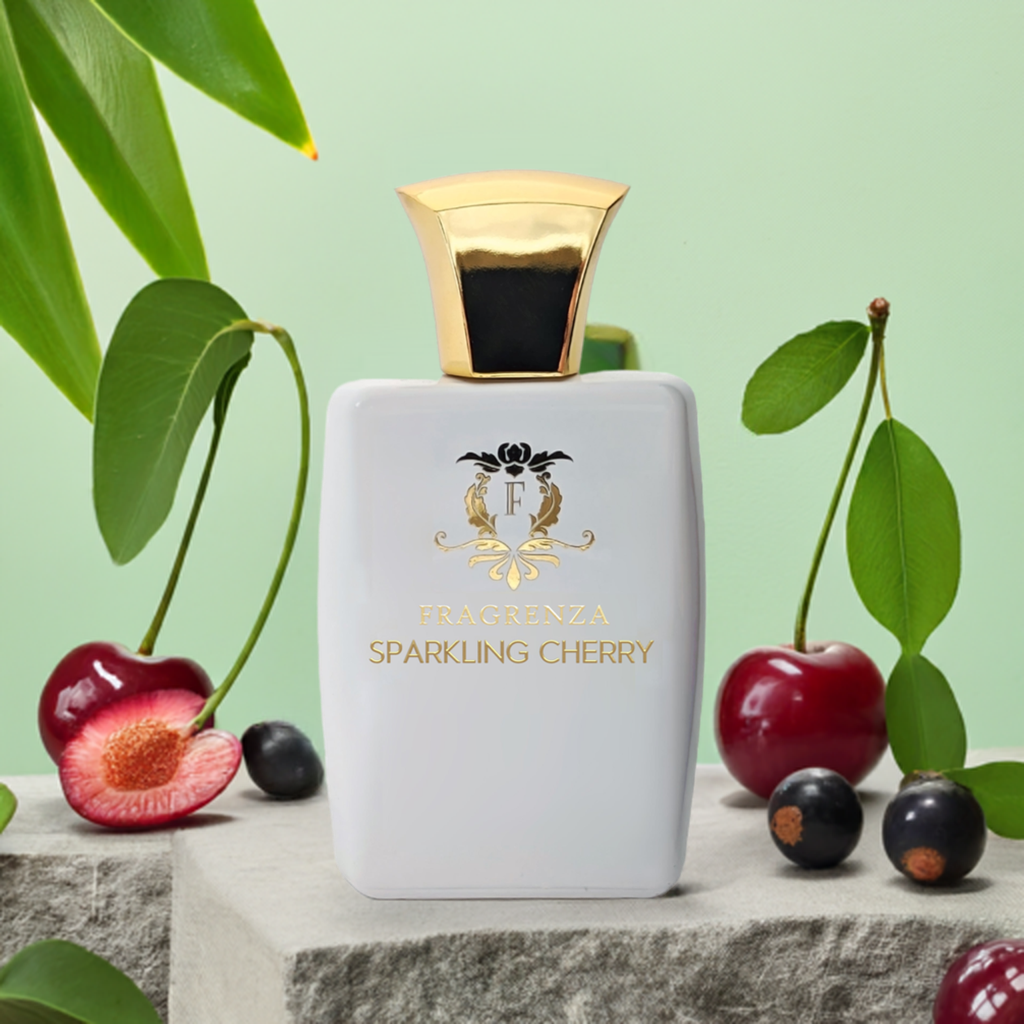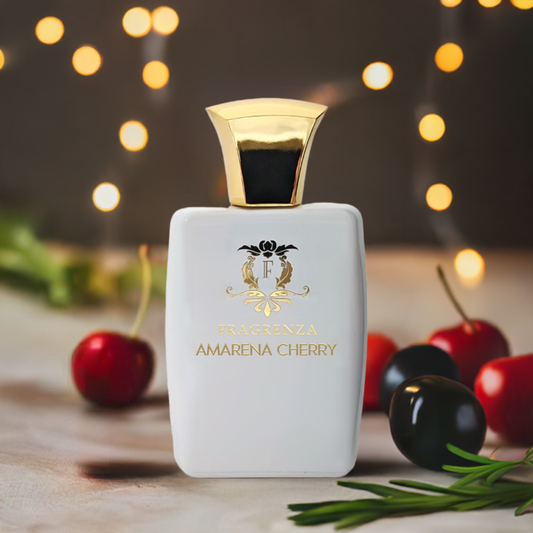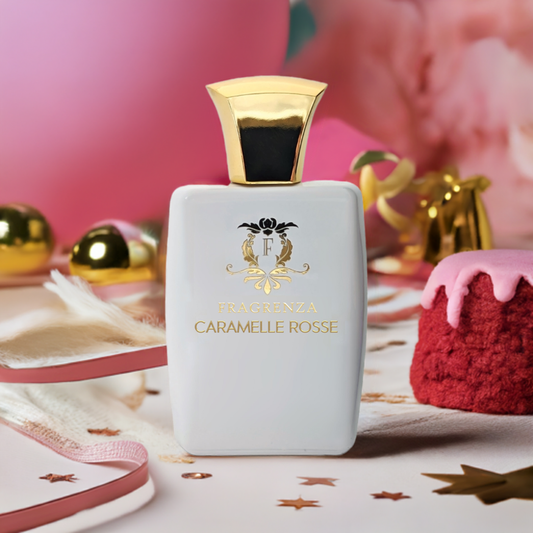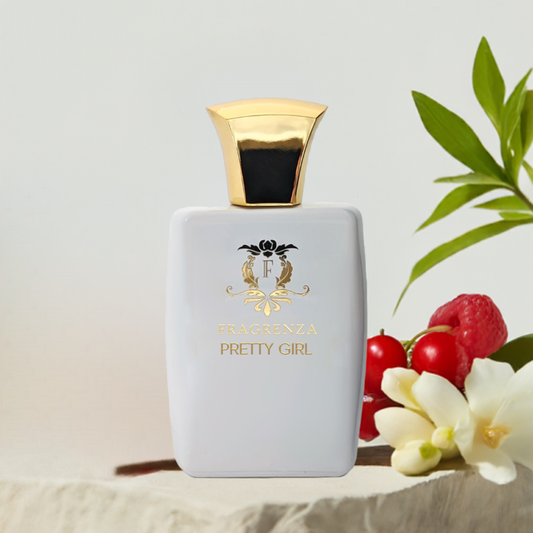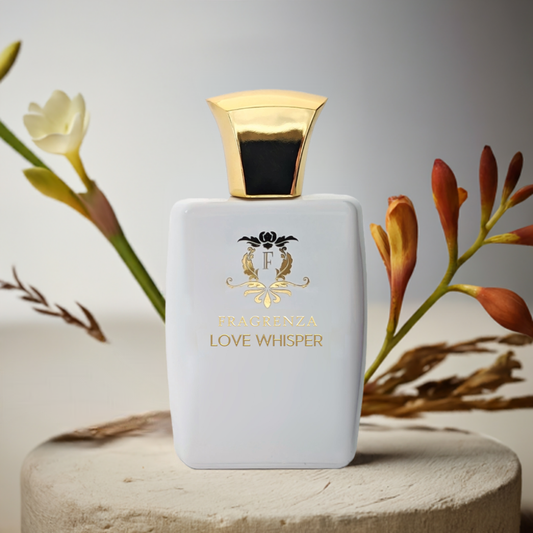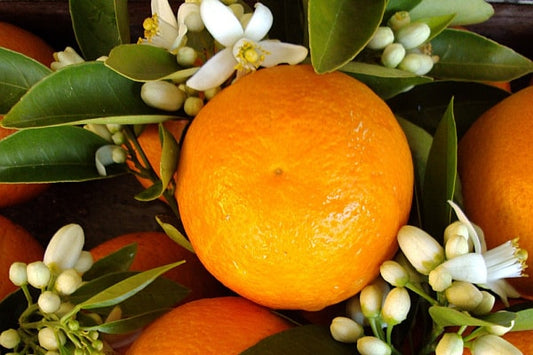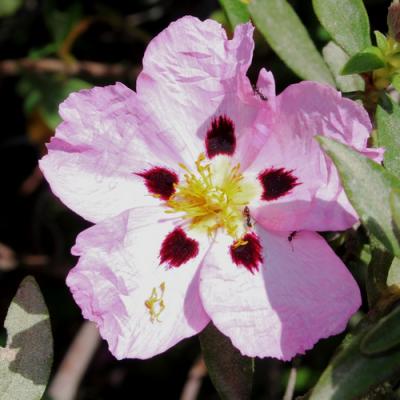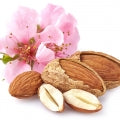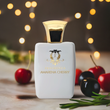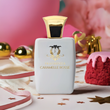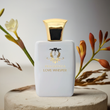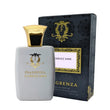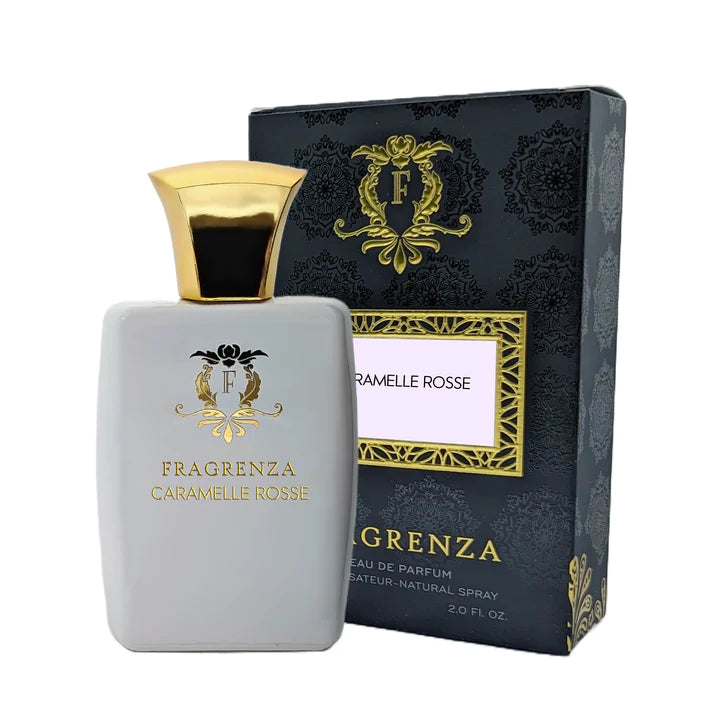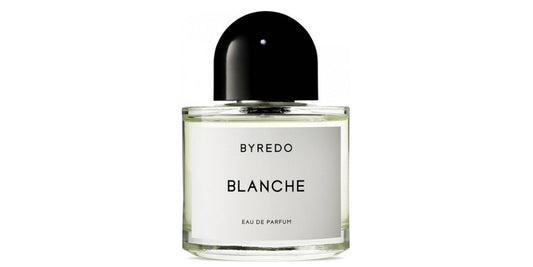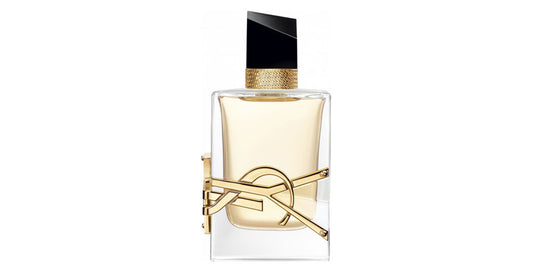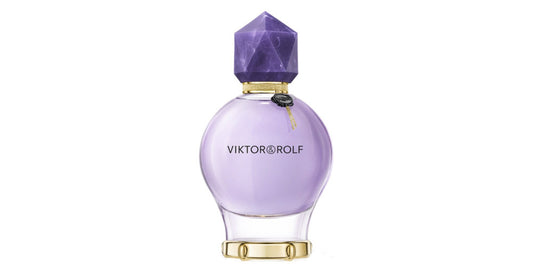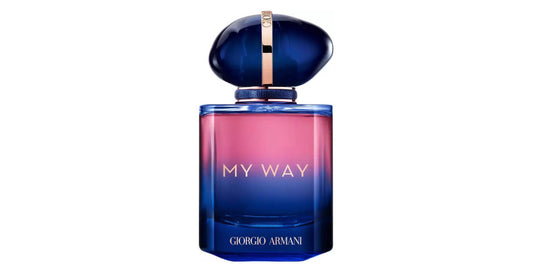Almond in perfumery

In This Article
Thanks to the discoveries made in the past century regarding synthetic molecules, there are different materials that wonderfully reproduce the almond note, not just in floral compositions, but also in various scented creations. If you've ever wondered, "what does almond smell like in perfumery?", you're in for a treat.
The Creation of the Almond Note in Perfumery
Contrary to what one might think, the almond note cannot be directly derived from the powdered form of the delightful nuts we know from our pastries. As a result, alternate ways had to be found to replicate the sweet, powdery scents of this almond fruit for our olfactory pleasure.
The very first method involves distilling the kernel of an apricot to obtain benzaldehyde, a natural almond note. This process allows us to make full use of all parts of the apricot, including its flesh, during the apricotine manufacturing process.
Scientific discoveries in 1869 introduced us to heliotropin, derived from the powdered vanilla notes of the charming heliotrope. Heliotropin and anisic aldehyde, discovered around the same time, helped create the sweet, almond-like notes of “Blue Hour” and “Après l'ondée”, fragrances by Guerlain. The amandolene, developed by Firmenich, also enables the recreation of delicate, floral almond notes.
Finally, the famous tonka bean and its potent coumarin active ingredients can also be used to create an almond note in a fragrance, adding a charming twist to the scent.
The Almond Note in Our Floral or Oriental Fragrances
As we've discussed, the almond note, even though not naturally occurring from the almond tree, can be recreated in different ways depending on the desired facet. The almond note is a favorite in floral fragrances, which brilliantly express its delicate, powdery, and gourmand notes.
The almond note can take on different forms and names. Some floral fragrances do not hesitate to mention it explicitly. “Fleur Défendu” by Lolita Lempicka pairs almond in the base note with white musk and cherry, while “Eau de Fleur de Plunier” by Kenzo combines almond and powdery notes in a delightful floral and fruity blend. "Roberto Cavalli Essenza" by Roberto Cavalli mixes almond with original animal base notes.
The almond note is also popular in oriental perfumes such as Ambrosine, Flower by Kenzo Le Parfum by Kenzo, and the famous cherry perfume of La Petite Robe Noire. Perfumes containing the almond note are numerous and original in their composition. While almond fragrances are predominantly feminine, there are notable masculine exceptions like "L'Homme Idéal" by Guerlain and the woody "Cargo de Nuit" by Prada.
As we unravel the mystery of "what does almond smell like", we realize the versatility and appeal of this unique note.
